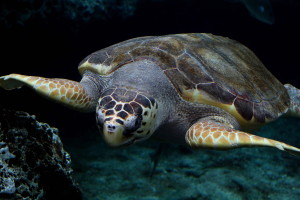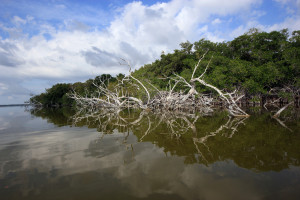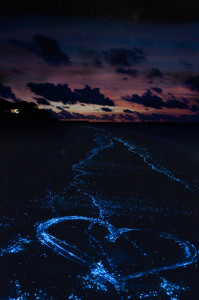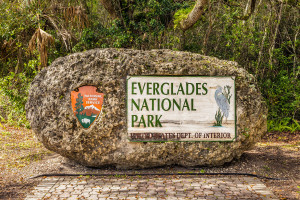 You hear a lot about alligators in the Everglades, but what about turtles? There’s a lot of them. In fact, there are over a dozen species of turtles living in the Park. Unfortunately, many of these turtles are endangered or threatened and there are special regulations in place to protect them.
You hear a lot about alligators in the Everglades, but what about turtles? There’s a lot of them. In fact, there are over a dozen species of turtles living in the Park. Unfortunately, many of these turtles are endangered or threatened and there are special regulations in place to protect them.
For this article, we wanted to share some information with you about the four most common species of turtles found in the Everglades.
Atlantic Loggerhead – This turtle if often referred to as a loggerhead or loggerhead sea turtle. This is a saltwater turtle that can be found throughout the world, though it has a strong preference for warmer waters around the equator. Loggerheads spend most of their time in the open ocean, but they can be found along coastlines and in brackish estuaries, such as those that occur in the Florida Everglades. Adult loggerheads can weigh up to 1,000 pounds and live up to 70 years old.
Atlantic Hawksbill – The hawksbill sea turtle shares many of the same habitats as the loggerhead, but on average weighs around 180 pounds and is a much smaller species of turtle. It has a distinctive hawk-like beak. It also was the first known reptile to show signs of biofluorescence, which has made their shells highly collectable and valuable, sadly leading to their near extinction.
Florida Box Turtle –Florida box turtles are much smaller and more docile than loggerheads and hawksbills. They have sharp beaks and sharp claws, but they are actually omnivores and eat fruits, vegetables, and fungi, in addition to small insects. People are allowed to box turtles as pets, though no more than two are allowed in a single home without a special reptile permit.
Florida Red-Bellied Cooter – This turtle species is another small species of turtle, rarely weighing in at over 10 pounds and with a distinctive red-tinged belly to give it its name. They can often be seen sharing logs or other basking areas with alligators, and are even known to lay their eggs in the nesting mounds of these fearsome predators. Red-bellied cooters are often kept as pets and are commonly exported all around the world.
Want to see some turtles in the Everglades? Jump on an Everglades airboat tour for a chance to see this reptile and other wildlife. Most of these turtles are protected species and must be enjoyed from a distance, so an airboat ride is the best way to view wildlife while giving them their space.
For a private, guided tour through Everglades, book an airboat tour with Captain Mitch’s Airboat Tours.
To book an airboat ride, call 800-368-0065 or visit our Private Everglades Airboat Tours page. We are open seven days a week 8:30 a.m. to 5 p.m. If paying by cash, adults cost $40 (plus tax) and children 12 and under cost $20 (plus tax. If paying by credit card, adults cost $45 (plus tax) and children cost $25 (plus tax).
 The Everglades is a federally-protected National Park home to thousands of plants, wildlife, aquatic life, and more. It has a diverse ecosystem and has many species not found anywhere else on the planet. There are nine habitats in the Everglades. We wanted to share with you a little information about each habitat you can find in the Park.
The Everglades is a federally-protected National Park home to thousands of plants, wildlife, aquatic life, and more. It has a diverse ecosystem and has many species not found anywhere else on the planet. There are nine habitats in the Everglades. We wanted to share with you a little information about each habitat you can find in the Park. Have you heard of bioluminescence? Picture the water at night glowing s neon-blue color looking like a starry night. That’s bioluminescence – and it’s not a man-made light, it’s coming from something that is alive.
Have you heard of bioluminescence? Picture the water at night glowing s neon-blue color looking like a starry night. That’s bioluminescence – and it’s not a man-made light, it’s coming from something that is alive. The Everglades is a National Park, but it’s also a national and international treasure. It is protected by the United states, and internationally, it is seen as a highly-important piece of land. Besides being a National Park, the Everglades is a biosphere reserve, a world heritage site and a wetland of international importance. As you can see, the Everglades is a vital part of the world.
The Everglades is a National Park, but it’s also a national and international treasure. It is protected by the United states, and internationally, it is seen as a highly-important piece of land. Besides being a National Park, the Everglades is a biosphere reserve, a world heritage site and a wetland of international importance. As you can see, the Everglades is a vital part of the world.





